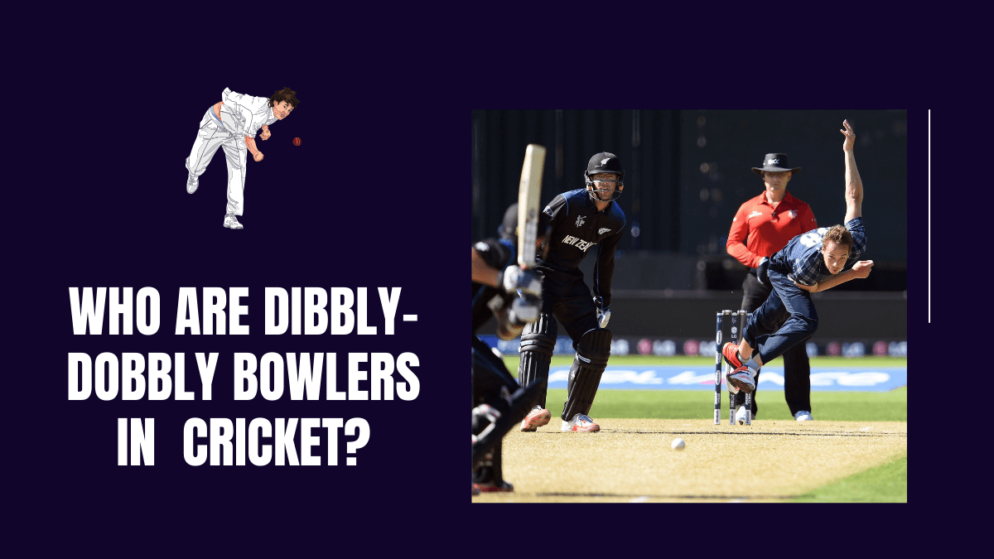

One Day International cricket grew in popularity following Kerry Packer’s revolutionary ideas. One of his notions was to introduce colored clothing for each team. As a result, the 1992 World Cup held in Australia and New Zealand was the first to feature colored clothing for players. This edition of the World Cup also introduced day-night cricket matches and hence was the first to witness matches being held under floodlights.
Apart from these firsts, cricket also saw a strategic first in terms of bowling. The New Zealand side featured four bowlers who would bowl at a slow-medium pace. These bowlers were Gavin Larsen, Chris Harris, Rod Latham, and Willie Watson. They were called dibbly, dobbly, wibbly, and wobbly for the pace with which they bowled. The slow pace forced the batters to use their brute force to send the ball to the boundary of the large Australian grounds. But since generating this force consistently was difficult, there would be a drop in the run-rate and the batters would often lose their wickets by getting caught out.
The dibbly-dobbly bowlers, as they were called, were usually introduced in the middle overs to ensure that the flow of runs is restricted. The captain would usually keep a defensive field in this passage of play. This defensive field could be recognized due to a greater number of fielders being placed near the boundary lines. The most reliable counter for the batters would thus be to ensure that they keep the scoreboard ticking by running between the wickets.
Due to their low economy, teams realized the importance of having at least a couple of dibbly-dobbly bowlers in the side. Thus, each team had slow-medium pace bowlers on a regular basis in the limited overs format. But the purple patch of this category of bowlers would end with the introduction of powerplay in cricket. Based on this rule, only a limited number of fielders could be placed outside the 30-yard circle for a chosen period of overs.
Sourav Ganguly, Paul Collingwood, Jesse Ryder, Hanse Cronje are some notable dibbly-dobbly bowlers who made their mark after the 21st century.








